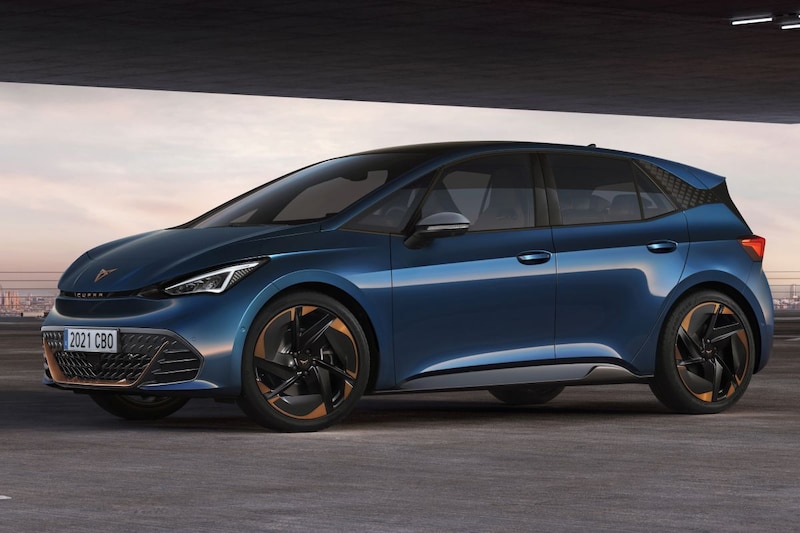
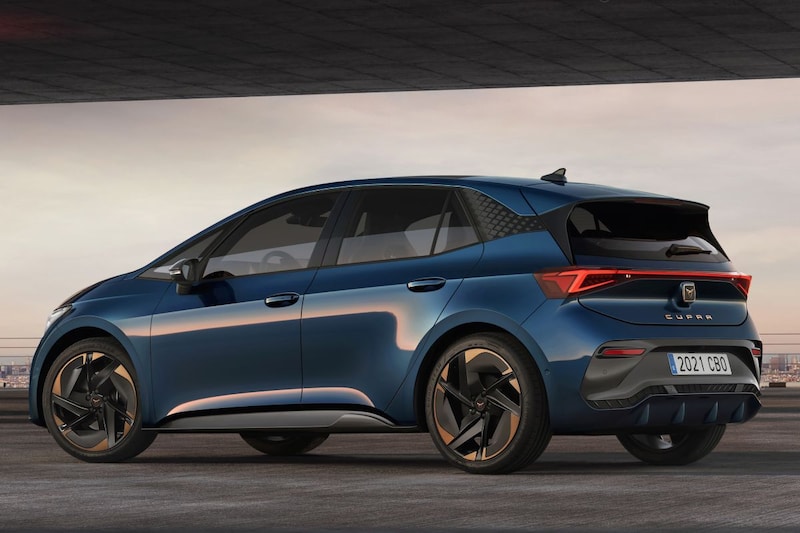
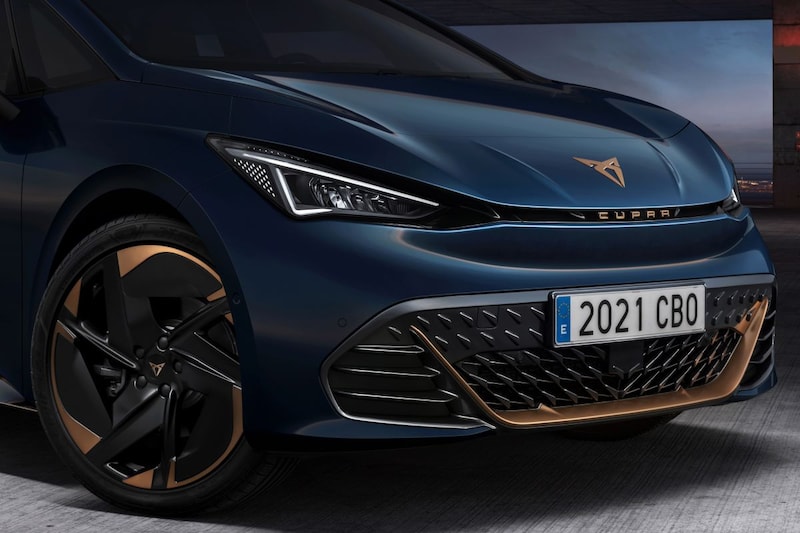
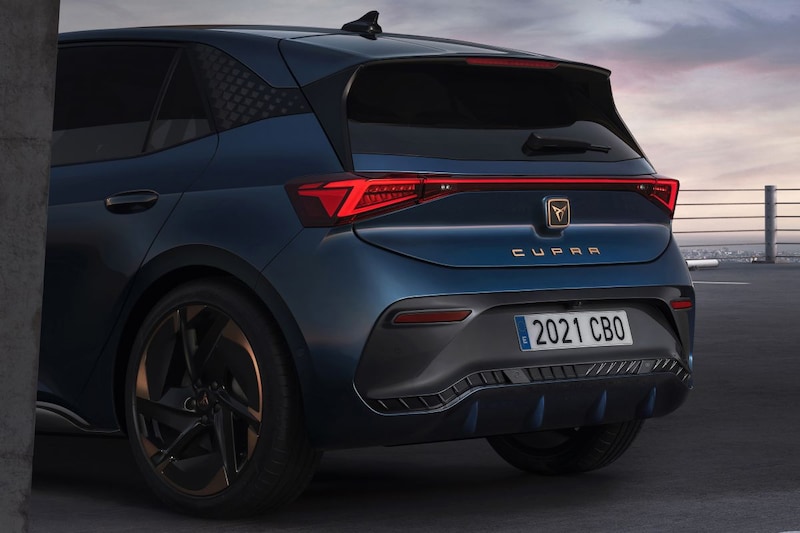


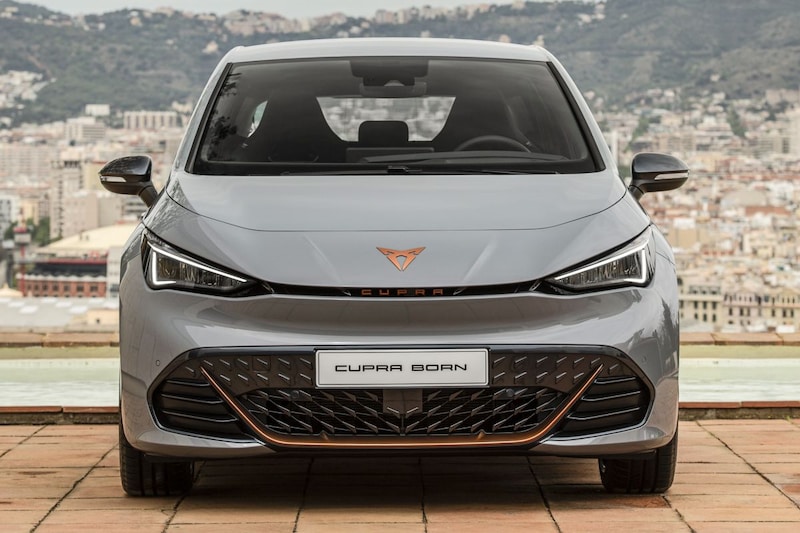


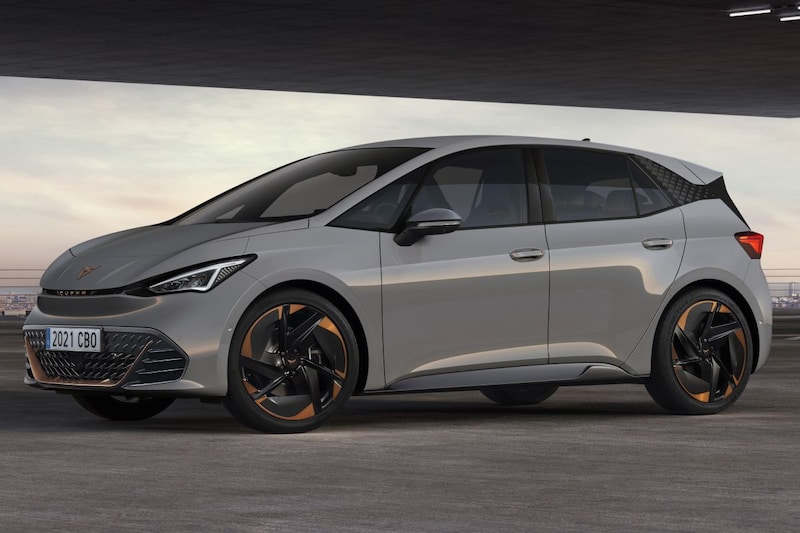


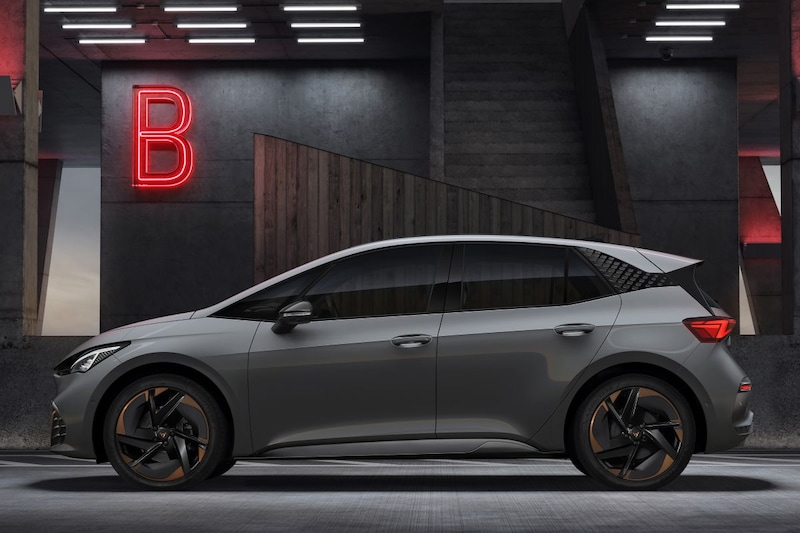
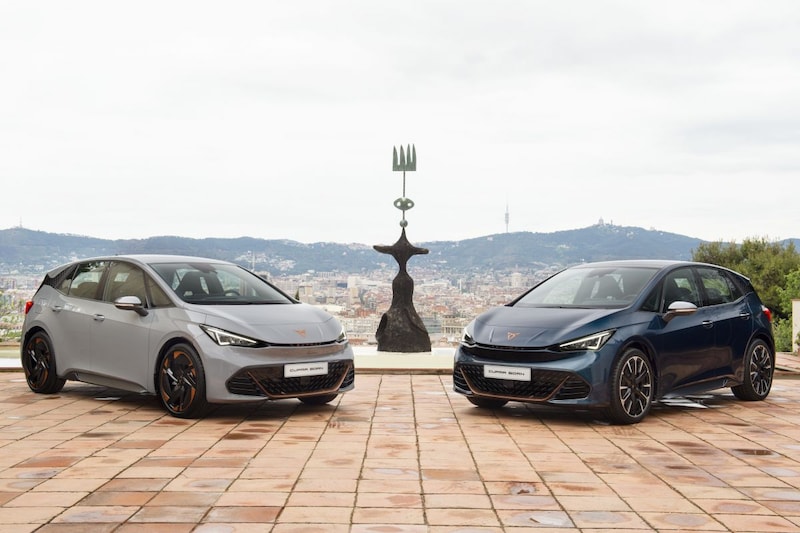
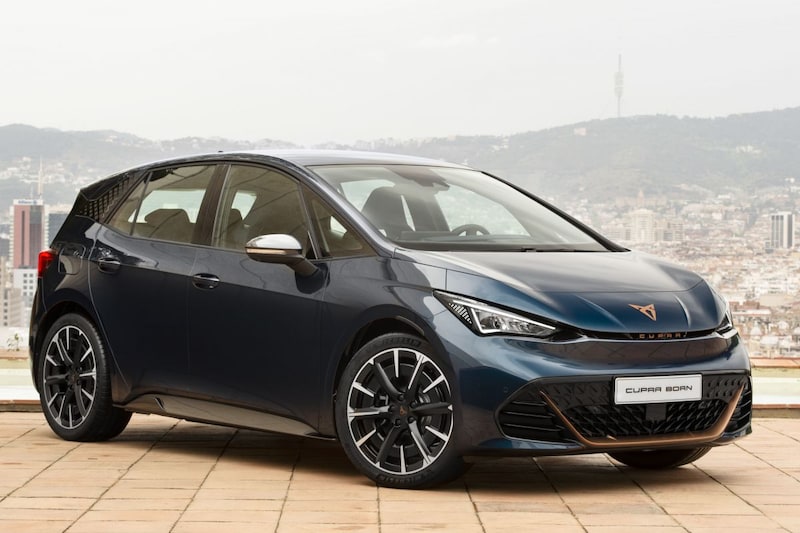


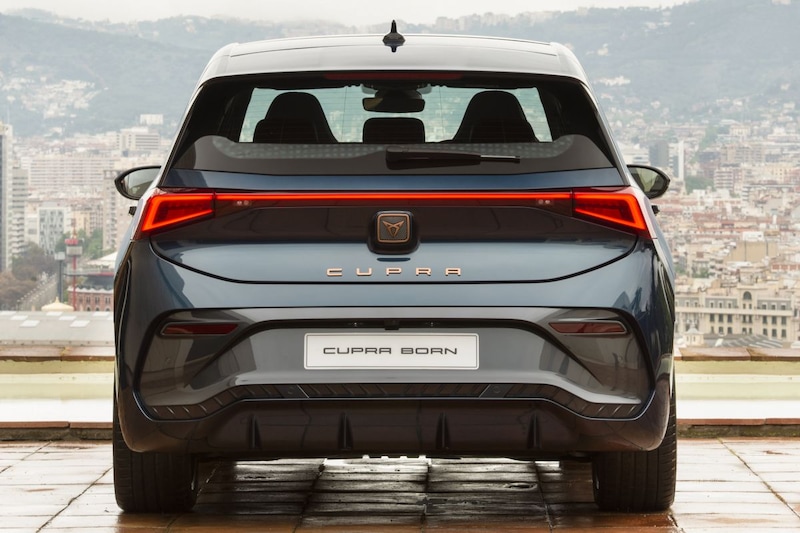
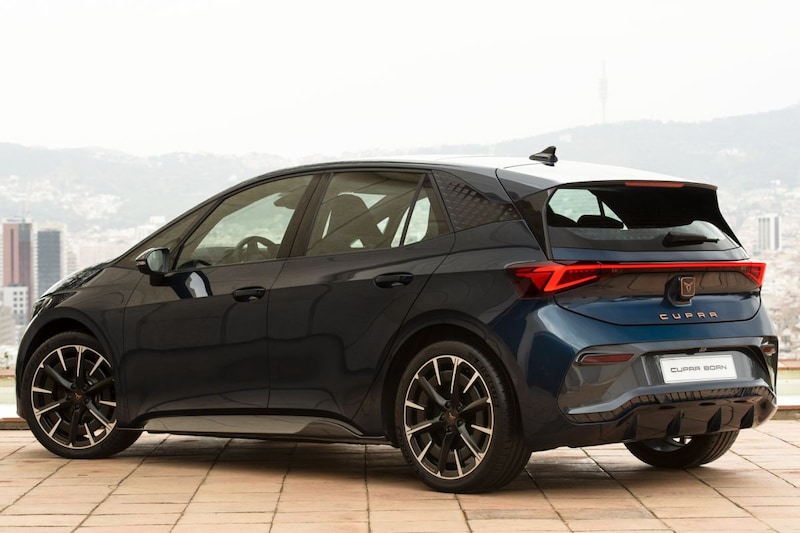
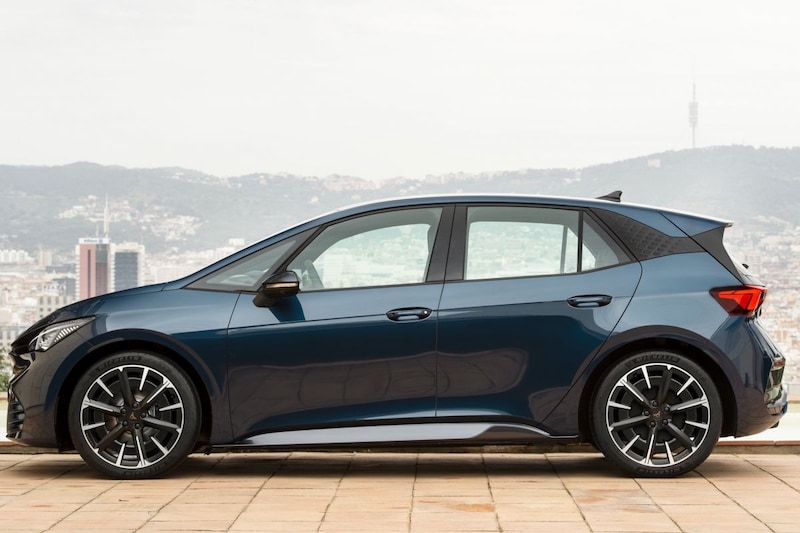

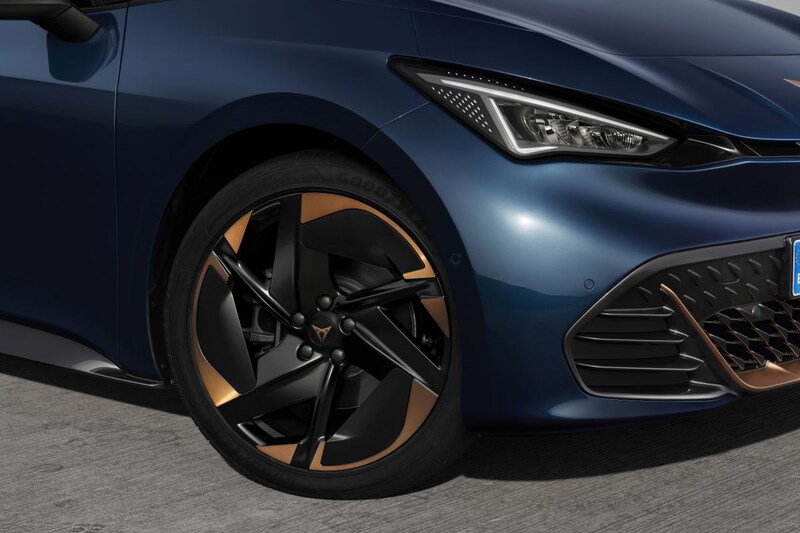

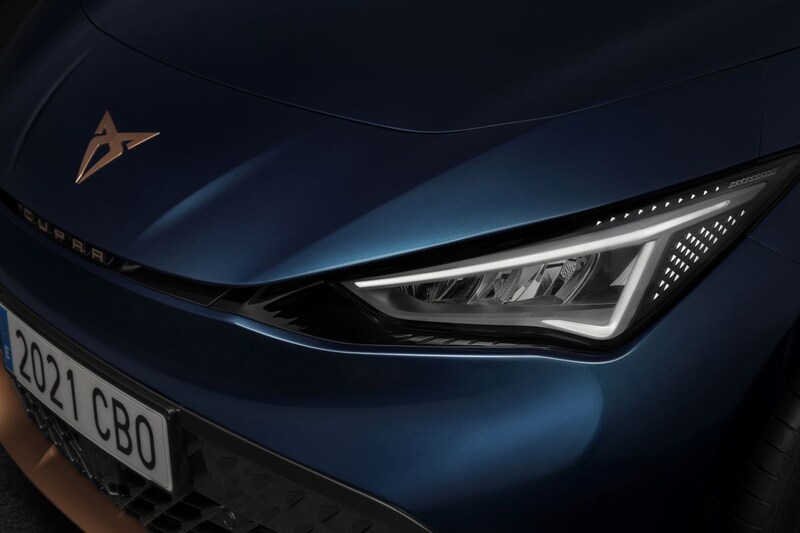
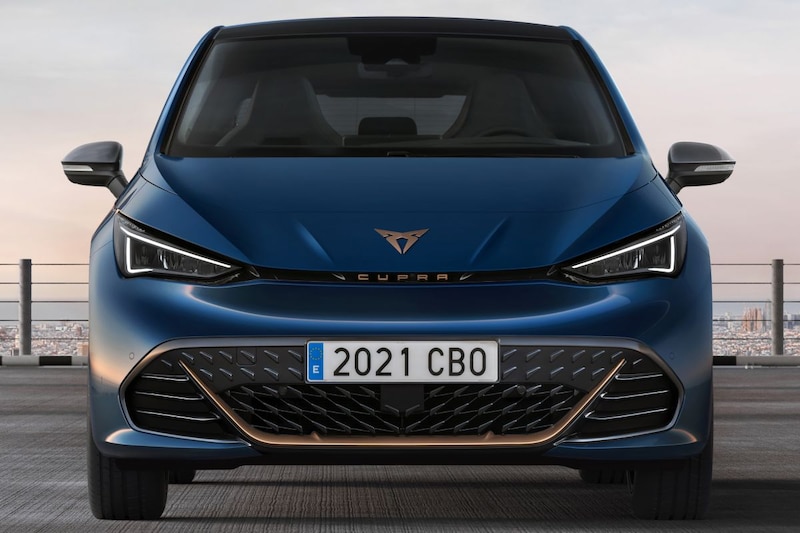

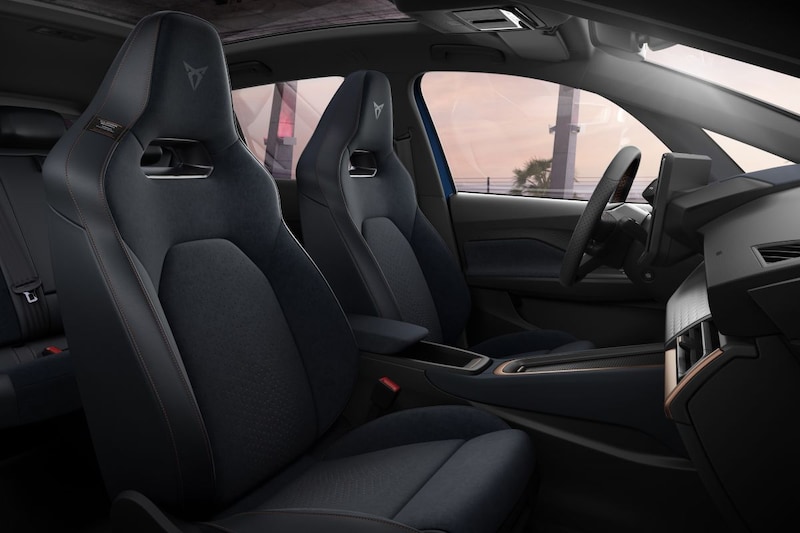
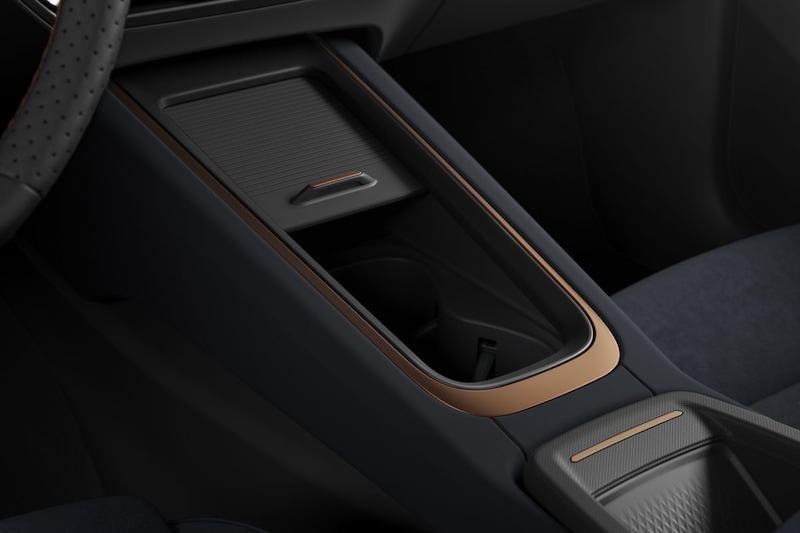

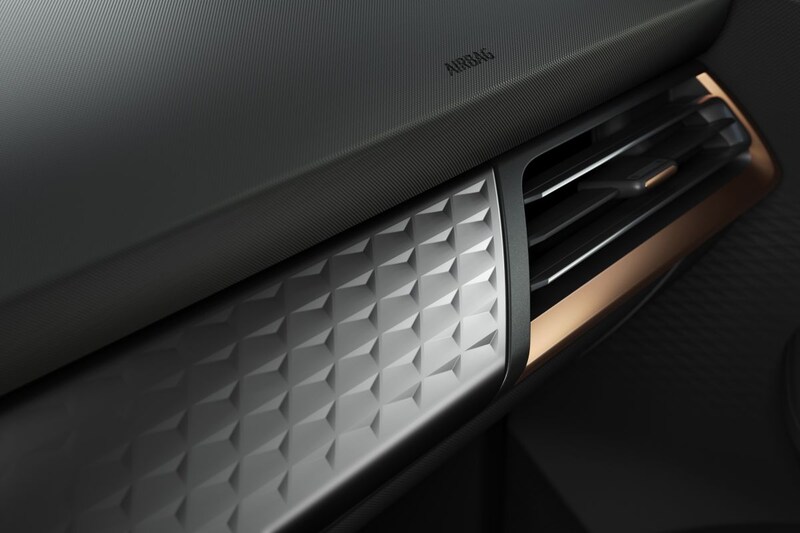
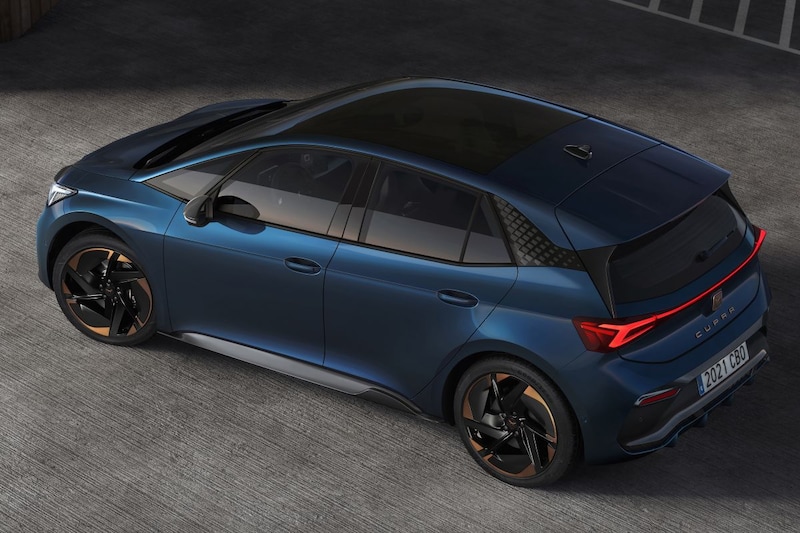
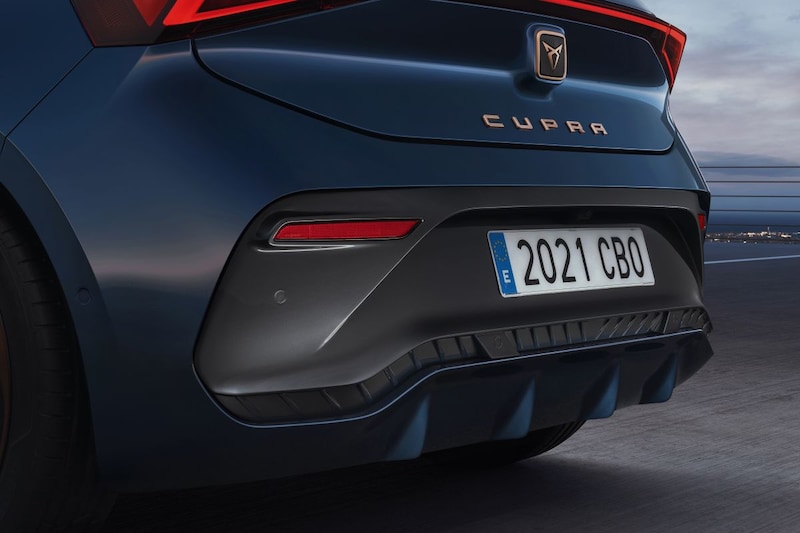
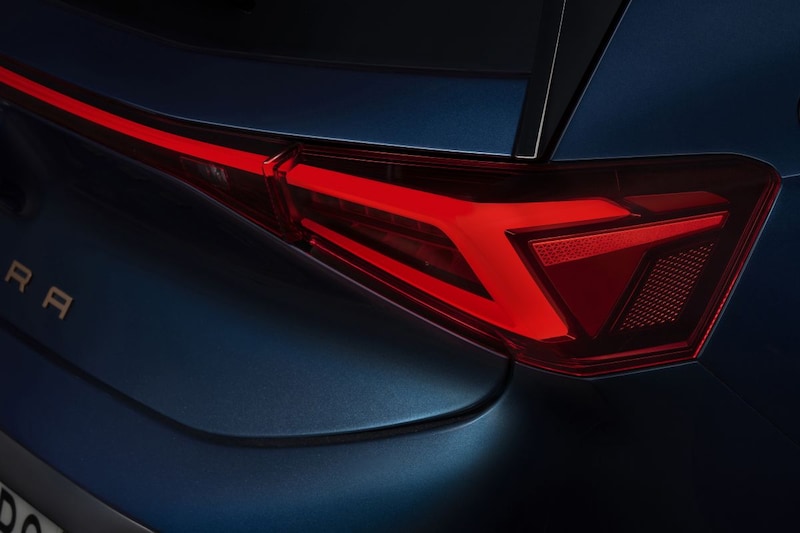
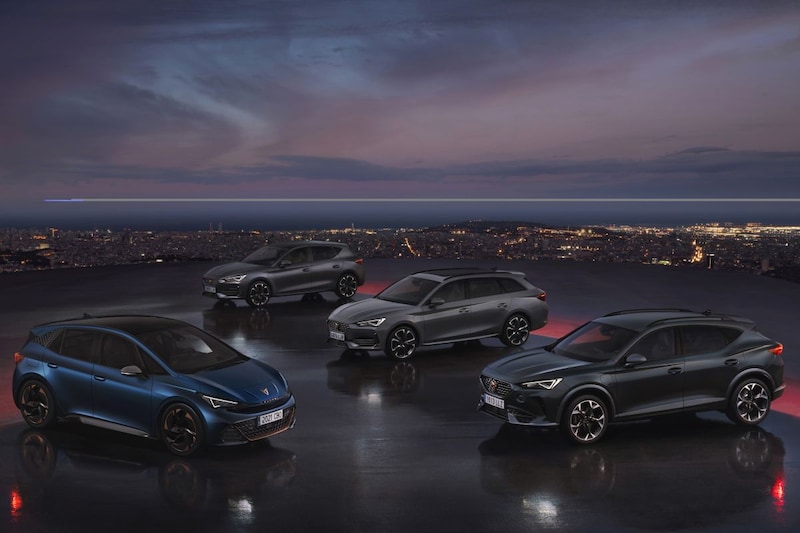
This is the Cupra Born, the first Spanish car based on Volkswagens electric MEB base. We were already introduced to the Seat El-Born Concept in March 2019, but the production version of the Spanish Volkswagen ID3 is only now taking off. The main changes: he loses the ‘El’ and the ‘Seat’.
- Cupra on an MEB basis
- ID3, but different
- With e-Boost function for 231 hp
Apparently it was quite a job to determine the best flight path to come up with an own model on an ID3 basis within the Spanish branch of the Volkswagen Group. The Seat El-Born even appeared two years ago before the public debut of the Volkswagen ID3 itself, but it now looks like it will never appear as a Seat on the market. Instead, it is always a Cupra. The brand, which was detached from Seat in 2018, is thus bringing its ‘own’ model into the house for the second time after the Formentor. Why the ‘El’ has disappeared from the type name is simple: that prevents Spanish speakers from having to call the car ‘el El-Born’. The name still refers to El Born, a hip area in Barcelona.
ID3
The fully electric Cupra Born is the first Spanish car on the electric MEB base, on which we previously saw the Volkswagens ID3 and ID4, Skoda Enyaq and Audi Q4 e-tron appear. Let’s grab the ‘elephant in the room’ right away: yes, the Cupra Born is in fact a solidly rebuilt Volkswagen ID3 and, apart from the technology, also shares the roof, doors and windows with that model.
That seems logical, but this is not the path that is usually taken within the Volkswagen Group. Even if there are apparently many similarities between two models, such as with the Seat Ateca and Skoda Karoq and also Volkswagen ID4 and Skoda Enyaq, both variants often have a unique bodywork and the dimensions are slightly different.
With the Cupra Born, the limited difference in length – 6 centimeters – is entirely due to the front and rear of the car, which are of course completely different from the ID3. That starts right on the front screen, where the Cupra headlight leaves a sharp crease. The lighting is drawn in Seat style all around, with viciously lurking headlamps and a wall-to-wall rear light bar with triangular ends. Not surprising, because Cupra builds most of its products on a Seat basis and therefore also uses the well-known drawing style for its ‘own’ models.
A colour
Because this is the first EV from Cupra or Seat intended as such, this is also the first car from this angle to do without the characteristic Seat grille. Instead, it was decided to use a recessed, connecting strip in which the brand name ‘Cupra’ is written out. The logo is also present, but is one floor higher. For a Cupra-worthy appearance, the front bumper features a strikingly large and aggressive-looking air intake, although only partially functional. The striking black bar that partially hides the windshield wipers on the ID3 is missing on the Born. In the Volkswagen, this ornament forms the clear border between the roof in black and the rest of the body, but the Cupra also gets a body in one color.
Pattern
Behind the rear side window is a striking panel with a ditto pattern. The ID3 optionally has a sticker in this place, but with the Born it is actually a separate, neatly integrated part in the body that makes the side window optically longer and smoother.
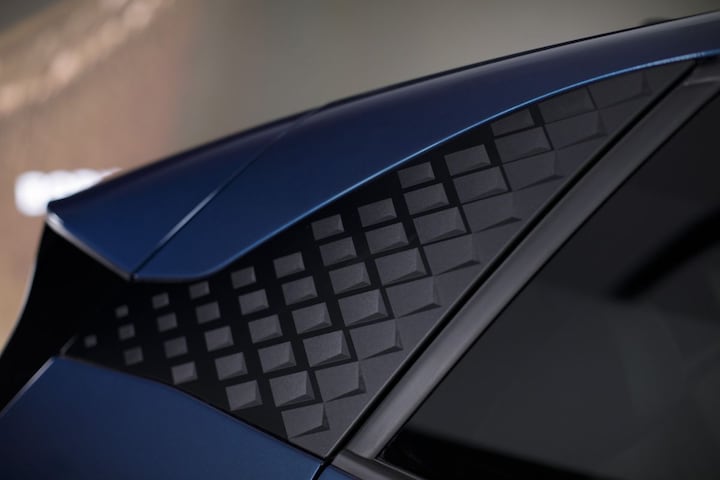
Although the interior dimensions of the Cupra Born are of course identical to those of the ID3 and the dashboard is unmistakably similar to the German example, there are more differences to be found here than you might think. For example, the Cupra gets a touchscreen of 12 instead of 10 inch and the car is available with an extensive Beats audio system, where music lovers have nothing to look for in the ID3 for the time being.
Although the dashboard has the same layout as that of the ID3 due to the great technical similarities, the design is slightly different where possible. For example, the ventilation grilles have been drawn more tightly and Cupra makes more use of horizontal lines. In addition, the Cupra has a large ‘bridge’ between the seats and the center of the dashboard, where the ID3 leaves this space as open as possible. On top, directly behind the steering wheel, is an upholstery fabric element that connects the door panel to the central touchscreen. Cupra riders always sit on sporty shaped seats with integrated headrests.
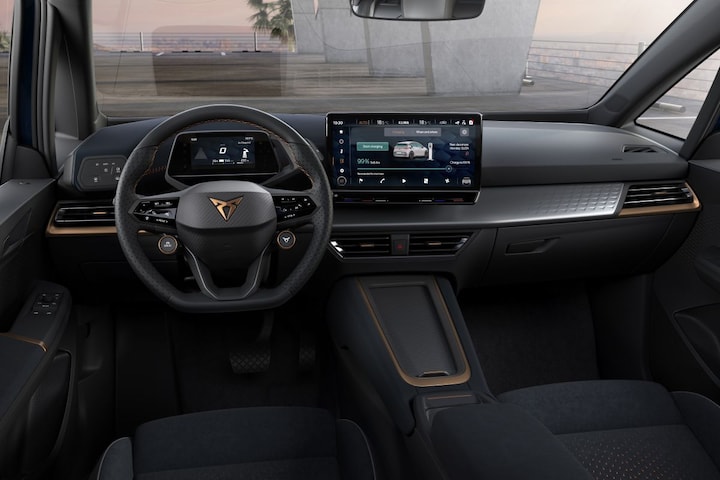
Cupra Born
Also just with 150 hp
Fortunately, the sportiness with which Cupra identifies itself is not entirely limited to appearances. Compared to the ID3, the brand has, among other things, adjusted the steering and the chassis. The car is standard 1.5 to 2 centimeters lower on the road than the ID3 and has to steer a bit tighter than its big example.
The Born’s powertrains are largely identical to those of the ID3. This means that the sporty-looking Spaniard has an electric motor on the rear wheels and is also available with 150 hp and a 45 kWh battery. The acceleration from 0 to 100 takes 8.9 seconds in this case and the theoretical driving range is 340 kilometers.
One step higher up the ladder we find a version with 204 hp and a net battery of 58 kWh. Exactly: this is the version that we also know from the introduction version of the Volkswagen ID3 and with which many Dutch have been driving around for a while. 0-100 is here in 7.3 counts, the range would be 420 kilometers.
e-Boost
Then it gets interesting. Unlike the ID3, the Cupra Born is available with an e-Boost package, which raises the power of the latter variant to 231 hp. The torque remains the same at 310. The extra power is available in the sportiest driving mode, but also when the pedal is pressed through the ‘kickdown’ regardless of the selected driving mode. In that case, a 0-100 time of 6.6 counts is in the offing.
That is, if the e-Boost version is combined with the 58 kWh battery. This variant is also available with 77 kWh. That weighs more and means an extra 0.4 seconds to get from 0 to 100, but also a theoretical ‘range’ of 540 kilometers.
The versions with e-Boost are available with wider rear tires if required. This has a negative effect on the driving range, but should have a positive effect on driving behavior. These versions also receive adapted brakes. Cupra promises a ‘natural braking feeling’, which is not self-evident with an energy-regenerating EV.
This year in the Netherlands
The Netherlands is a lot more important to the Cupra Born than Spain and so we are one of the first countries to be served. That still has to be done this year, so the first ‘Borns’ are still eligible for a 12 percent addition on the first € 40,000. It is not yet known what exactly they will cost.